Practicing Vipassana Meditation With Jhana – By Mahasi Sayadaw
Vipassana Meditation – THE METHOD IN BRIEF (BY MAHASI SAYADAW)
With Jhana
Those who desire to practise Vipassana should first of all be well equipped with a knowledge, either in brief or in extension, of the fact that living beings are made up of only two constituents of body (rupa) and mind (nama), that the body and mind are formed because of relative cause and effect and that as they are undergoing perpetual change, they are impermanent subject to suffering and devoid of any permanent ego substance i.e. “atta.” See Non-Self.
A person who is thus fully equipped with the knowledge as mentioned above should, first and foremost, induce the jhanic state he has already attained and concentrate on it. He should then proceed by contemplating continuously the sensations, such as ‘seeing, hearing, touching, knowing (mind consciousness), etc.,’ occurring at the six sense-doors. If tiredness or exhaustion is felt by continuous effort in the contemplation of these varied objects, the jhana to which he has become an adept may again be induced by making a firm resolve to remain in that jhanic state for 15 or 30 minutes.
On expiry of the jhanic state, he should begin with the contemplation of that jhana and proceed by contemplating continuously on the phenomena that occur at the six sense-doors, as before. This procedure of alternately inducing jhanic state and then proceeding with the contemplation of sensations at the six sense-doors should be carried out repeatedly. When vipassana samadhi is sufficiently strong he will be able to carry on the contemplation continuo usly day and night without any physical or mental strain.
At this stage, it will be distinctly perceived, as a matter of course, that at every moment of contemplation body and mind (rupa and nama) are blended together and arising in pairs. It will be also clearly perceived that this is but a process of cause and effect. At every moment of contemplation as both the object of sensation and mind-consciousness vanish, it will also be appreciated that all are impermanent, and that they are ills without any pleasantness and dependability; and also that they are merely a natural process of arising and passing away of things which do not consist of enduring entity or soul. When the full knowledge of this phenomenal existence-‘impermanence, suffering, and non-self’ is accomplished, there will arise the insight-knowledge of “Path and Fruit,” which will carry him on to the actual realization of Nibbana . This is, in short, the practice by way of ‘samatha-yanika’ for the purpose of realizing Nibbana.
Source: http://www.yellowrobe.com/practice/meditation/226-practicing-vipassana-meditation-with-jhana.html

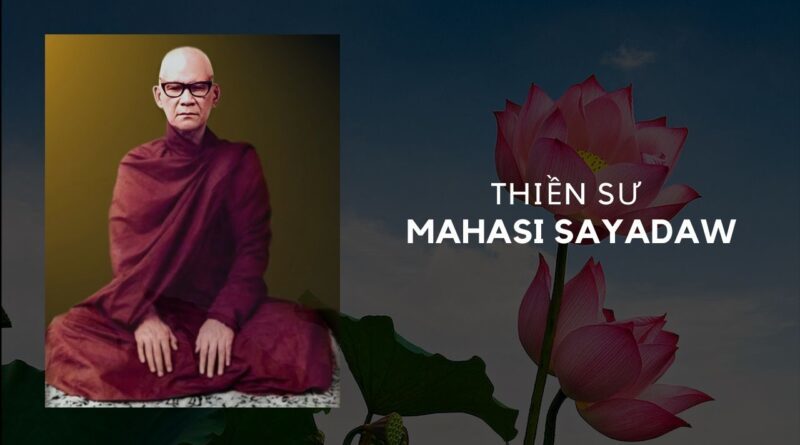
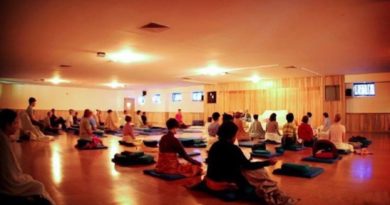
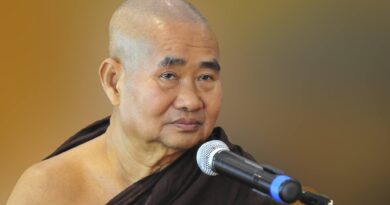

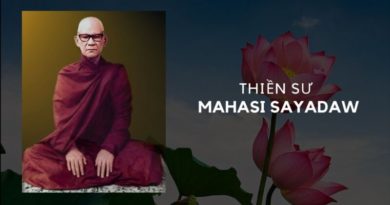
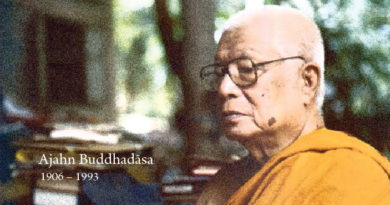
![Videos [khóa Thiền Vipassana 2017] 4. Kinh Ahara (phần 2) | Thiền Sư U Jatila 7 4 7](https://satima.net/wp-content/uploads/2020/07/4-7-390x205.png)